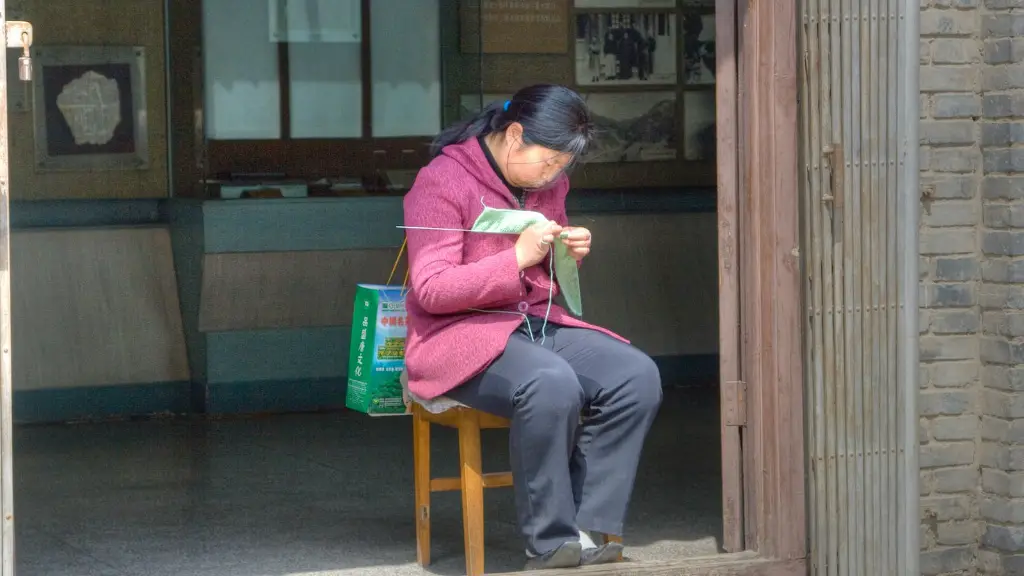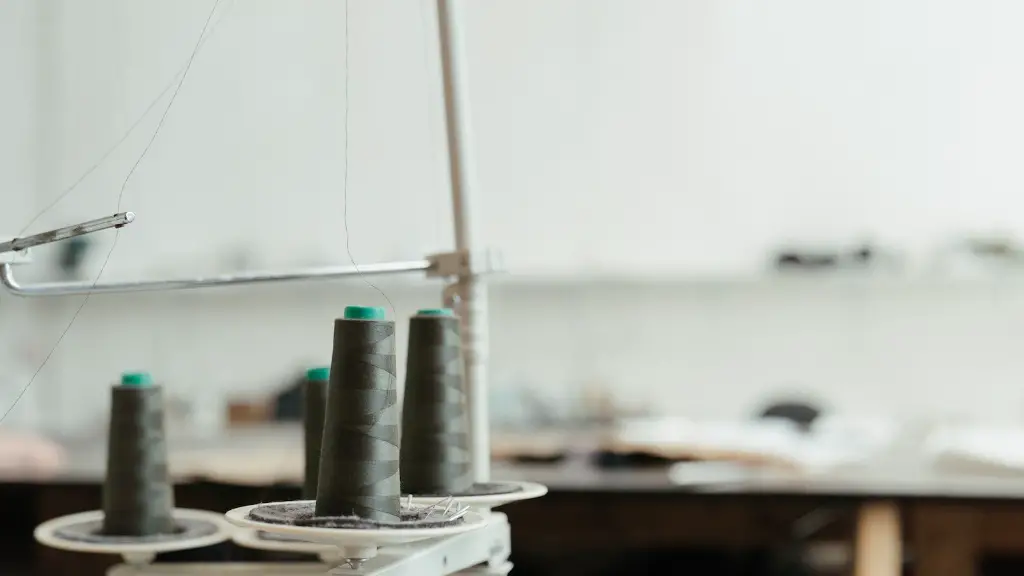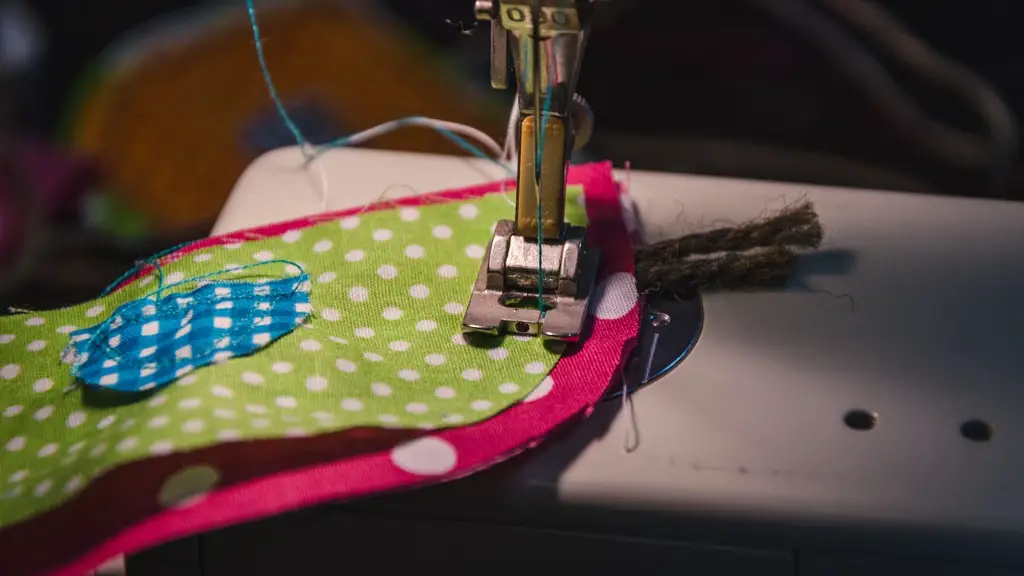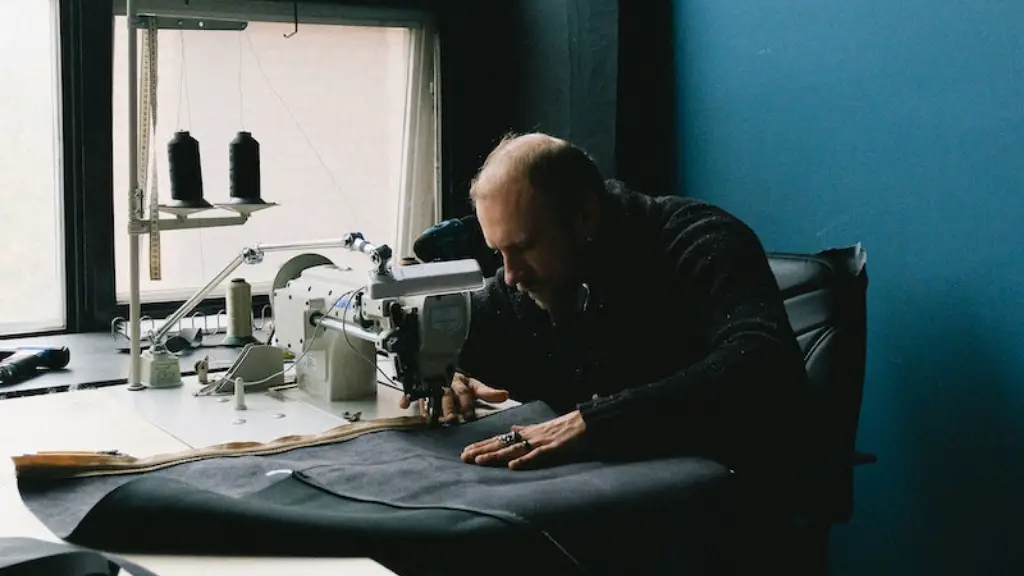Introduction
A sewing machine foot pedal is a vital component in the entire machine. It is essential for controlling the speed of the needle, allowing the user to move the fabric easily, as well as ensuring accuracy in stitching. Many people are unaware of how to fix their sewing machine foot pedal if it goes wrong, but with the right guidance, it can be done quickly and effectively at home. This article provides an in-depth look at how to repair a sewing machine foot pedal, from inspecting the machine to the repair process itself.
Different Types Of Foot Pedal
There are two types of foot pedal for sewing machines: mechanical, or ‘flip-flop’, and electronic. The difference between them is that mechanical foot pedals have a lever which is used to switch the power on and off; whereas, with an electronic foot pedal, the power is always on and the user simply needs to increase and decrease the speed using their foot pressure.
Inspection Of The Machine
When repairing a foot pedal, it is essential to begin by inspecting the machine and pedal. To do this, the user should remove their foot pedal and look at the underside of the machine, where the foot pedal is located. The first signs of any damage can usually be seen here, such as frayed wire or loose connections. In addition, the user should gently press down on the foot pedal and look for signs of any wear or cracks.
Repair Process
Once the user has identified any problems with the foot pedal, they can then begin the repair process. For a mechanical foot pedal, this will involve replacing the wire, lever and switch. If these components have become worn or broken, it is important to replace them with ones of a similar quality and size. Similarly, if the foot pedal is an electronic type, the user should check for any loose connections and ensure that the pedal is not plugged into the wrong port.
For any more serious electrical repairs, it is best to take the machine to a professional.
Replacement Guide
When replacing the mechanical foot pedal, the user should seek out a replacement guide. This provides information on how to remove the old foot pedal, as well as how to correctly attach the replacement. It is important to ensure that the connections are secure and that the foot pedal is correctly installed.
Testing Procedure
Once the pedal has been replaced, it is important to test it. To ensure that the foot pedal is working correctly, the user should plug the machine back in and press down on the foot pedal. They should ensure that the needle is moving at the correct speed, and that the foot pedal does not stick. If the user is happy with the speed, then the repair is complete.
Safety Guidelines
When repairing a foot pedal, it is important to adhere to safety guidelines. The user should always unplug the machine before they start any repairs, as they run the risk of electric shock if they do not. They should also avoid operating the machine when it is wet, as this can cause short circuits. Furthermore, any parts which the user is not comfortable replacing should be taken to a professional.
Cleaning The Foot Pedal
When a foot pedal is failing to work correctly, it is often just dirty and in need of cleaning. To clean a foot pedal, the user should turn it upside down and wipe away any dirt or debris with a cloth. For more stubborn dirt, it is best to use a mild soap and water. Once the foot pedal has dried completely, it can then be re-attached to the machine.
Maintenance Tips
To ensure that a foot pedal remains in good working order, it is important to follow a few basic maintenance tips. Firstly, the user should always cover their sewing machine with a dust cover when not in use, and clean their machine regularly, as dirt will inevitably build up over time. Furthermore, they should lubricate the machine’s moving parts every few months and check the wires for fraying. By adhering to these basic tips, the user can rest assured that their sewing machine foot pedal will work correctly for many years.
Investing In An Extended Warranty
Another way to protect a foot pedal from damage is to purchase an extended warranty. By doing this, if any repairs are needed, the user can have them done for free, saving time and money in the long run. However, it is important to check whether or not the warranty covers the foot pedal, as some warranties do not.
Troubleshooting Common Problems
When a sewing machine’s foot pedal stops working, it is often due to a few common mistakes. For example, if the machine is plugged into a surge protector, it can stop the foot pedal from working correctly. Additionally, the user should check whether they are using the correct power source and that the foot pedal is plugged in securely. If all else fails, the user can refer to their sewing machine manual for troubleshooting advice.
Conclusion
Although it can be daunting to undertake repairs on a sewing machine foot pedal, having the right information and using the correct tools can make it a relatively straightforward process. This article has provided an in-depth look at how to repair a sewing machine foot pedal, from inspecting the machine to the repair process itself. With the right guidance, anyone can quickly and effectively repair their foot pedal at home.



